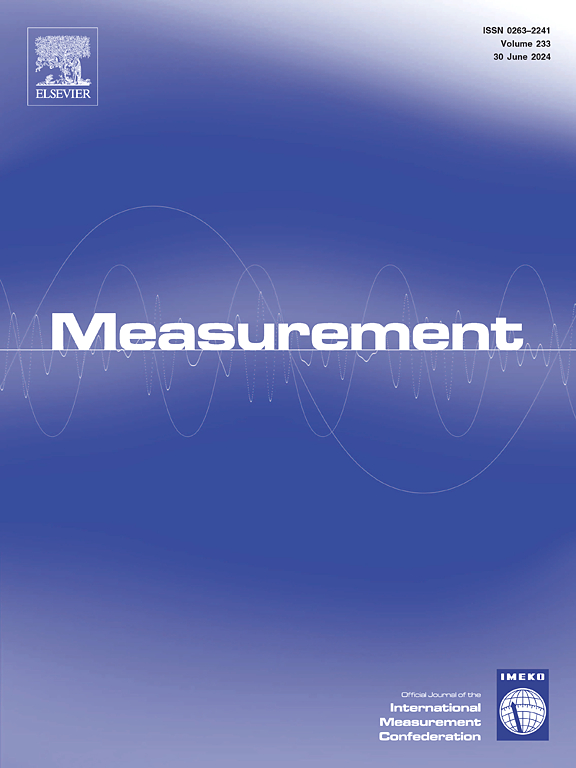基于光频域反射法(OFDR)的分布式光纤传感器对钢点蚀的定量评估
IF 5.6
2区 工程技术
Q1 ENGINEERING, MULTIDISCIPLINARY
引用次数: 0
摘要
钢铁腐蚀是一个广泛存在的问题,影响着基础设施、工业设备和运输系统的完整性和适用性。基于光频域反射(OFDR)的分布式光纤传感器(DFOSs)具有高空间分辨率、分布式传感能力和耐环境性,非常适合检测钢材腐蚀,特别是点蚀。本研究提出了一种基于ofdr的DFOSs的实时腐蚀检测评估方法。提出了一种实用的感知模型,从分布式传感器获得的应变测量数据中得出腐蚀严重程度,从而可以估计坑深、质量损失和平均腐蚀速率。通过基于ofdr的DFOSs加速腐蚀试验监测钢试件的腐蚀状况,并与常用的腐蚀检测方法进行了进一步验证。实验结果表明,在点蚀的位置和深度、质量损失和腐蚀速率方面,已有的检测技术与所提出的方法非常匹配,表明了DFOSs在评估腐蚀方面的准确性和有效性。具体来说,DFOS法和显微扫描法测得的坑深范围主要在13 ~ 22 μm之间,两种方法具有很好的一致性。DFOSs测定的最大坑深分别为27.23 μm、28.10 μm和31.93 μm。此外,通过考察分布间距和规距对DFOS结构的影响,对DFOS结构进行了优化。本研究突出了DFOSs在钢材腐蚀评价中的潜力,为DFOSs在结构健康监测中的先进设计和实际应用铺平了道路。本文章由计算机程序翻译,如有差异,请以英文原文为准。
Quantification and assessment of steel pitted corrosion using optical frequency domain reflectometry (OFDR)-based distributed fiber optic sensors
Steel corrosion is a widespread issue affecting the integrity and serviceability of infrastructures, industrial equipment, and transportation systems. Distributed fiber optic sensors (DFOSs) based on optical frequency domain reflectometry (OFDR) offer high spatial resolution, distributed sensing ability, and environmental resistance, making them ideally suited for detecting steel corrosion, especially pitting corrosion. This study presents a real-time corrosion detection-based assessment methodology using OFDR-based DFOSs. A practical sensing model was proposed to derive corrosion severity from the strain measurements obtained from distributed sensors, enabling the estimation of pit depth, mass loss, and average corrosion rate. The corrosion conditions of steel specimens were monitored through accelerated corrosion tests using OFDR-based DFOSs, which was further validated against commonly used corrosion detection methods. The experimental results demonstrated an excellent matching in the location and depth of pitting corrosion, mass loss, and corrosion rate between the well-established detection techniques and the proposed methodology, indicating the accuracy and effectiveness of DFOSs in assessing corrosion. Specifically, the pit depths evaluated by DFOS and measured by microscopic scanning predominantly ranged from 13 μm to 22 μm, demonstrating excellent consistency between the two methods. The maximum pit depths evaluated by DFOSs for the three specimens were 27.23 μm, 28.10 μm, and 31.93 μm, respectively. In addition, the DFOS configurations were optimized by examining the effects of deployment spacing and gauge pitch of the DFOSs. This study highlights the potential of DFOSs in steel corrosion evaluation, paving the way for advanced design and practical application of DFOSs in structural health monitoring.
求助全文
通过发布文献求助,成功后即可免费获取论文全文。
去求助
来源期刊

Measurement
工程技术-工程:综合
CiteScore
10.20
自引率
12.50%
发文量
1589
审稿时长
12.1 months
期刊介绍:
Contributions are invited on novel achievements in all fields of measurement and instrumentation science and technology. Authors are encouraged to submit novel material, whose ultimate goal is an advancement in the state of the art of: measurement and metrology fundamentals, sensors, measurement instruments, measurement and estimation techniques, measurement data processing and fusion algorithms, evaluation procedures and methodologies for plants and industrial processes, performance analysis of systems, processes and algorithms, mathematical models for measurement-oriented purposes, distributed measurement systems in a connected world.
 求助内容:
求助内容: 应助结果提醒方式:
应助结果提醒方式:


